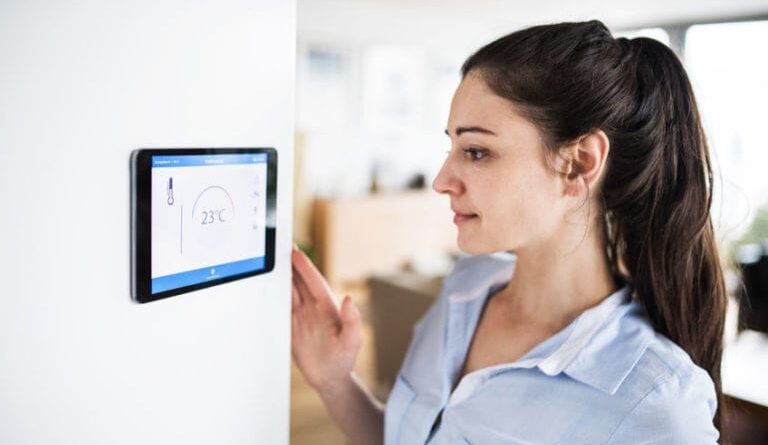Creative Ways to Automate Your Daily Tasks Using Smart Assistants
Creating a structured system for your daily life begins with simple adjustments that save time and mental energy. Smart assistants can handle recurring tasks when programmed with intention and awareness of your habits.
Automation functions best when routines reflect your true needs rather than random settings. Each action, from turning on lights to playing calming sounds, contributes to a smoother morning and evening. Setting priorities before automation allows technology to adapt more naturally to your schedule.
Before developing routines, consider which parts of your day require consistent repetition. Morning preparation, exercise tracking, and bedtime adjustments often make excellent starting points for automation. The process of setting up Alexa routines gives structure to these daily cycles.
This system triggers multiple actions with a single command or condition. Automation that aligns with personal rhythm creates balance between productivity and relaxation. Small refinements over time produce lasting improvements that reduce stress and support focus.
Customizing Alexa Routines Setup for Maximum Simplicity

Every routine should serve a clear purpose that complements your goals. During Alexa routines setup, link connected actions logically to reflect real-world flow. For example, one sequence might activate soft lighting, begin music, and share news updates at a set hour. Each connected step should reduce the number of decisions you make throughout the day.
Experimenting with timing reveals how your routines support transitions between activities. A morning sequence might include coffee preparation reminders and task briefings, while an evening routine could focus on calming cues for rest. Smart assistants become most useful when routines reflect your lifestyle and personality.
Consistency helps create predictability without feeling rigid or overwhelming. Adjusting commands and timing regularly maintains freshness while keeping automation relevant. Every small change fine-tunes harmony between comfort and productivity in your living space.
Exploring How AI Can Help in Other Ways Beyond Scheduling
Technology’s potential extends far beyond performing basic commands or reading reminders aloud. AI can help in other ways by identifying inefficiencies in your routine and suggesting smarter alternatives. By analyzing behavior patterns, it may recommend changes to timing or energy use that improve convenience.
Artificial intelligence adapts over time, learning which commands serve your rhythm best. The insights gained from this analysis transform your home into a responsive environment.
AI can help in other ways that go beyond household adjustments. Smart assistants can learn your preferences and anticipate tasks before you issue commands. Predictive prompts for scheduling, productivity tracking, and relaxation can shape a smoother routine.
The collaboration between your input and artificial learning forms a dynamic partnership that evolves naturally. Continuous adaptation strengthens reliability and creates seamless coordination between digital assistance and human habit.
Expanding Automation into Work and Personal Growth
Smart assistants contribute meaningfully to both professional and personal development. Automating reminders, timers, and project management steps keeps you aligned with responsibilities. Through proper Alexa routines setup, you can start meetings, organize task lists, and track progress automatically.
Each routine reduces clutter while supporting consistent focus throughout your day. Organized automation allows your attention to remain on creative or strategic work instead of repetitive chores.
Home-based professionals can also automate environmental cues to promote concentration. Lighting, background sounds, and temperature adjustments can respond to your working schedule. This approach creates a supportive atmosphere that mirrors traditional office discipline without pressure.
Personal growth also benefits from automation by introducing structure to wellness practices. Meditation, hydration, and exercise reminders can become daily habits through scheduled triggers. Smart systems make consistency easier while removing distractions that often interrupt progress.
Maintaining Balance Between Technology and Awareness
Automation works best when guided by mindfulness rather than dependence. Overreliance on digital routines can cause complacency if left unchecked. Awareness of purpose keeps technology serving your needs rather than dictating them.
Reflection helps determine when a system serves you effectively and when adjustments are required. Observing how each automated sequence influences your focus or comfort leads to better refinement. AI’s adaptive abilities allow systems to grow alongside your evolving preferences.
Regular review of habits keeps automation grounded in reality rather than convenience alone. Moderation transforms technology into an instrument of balance that supports well-being. As awareness increases, automation evolves into a sustainable element of daily life rather than a controlling force.
Conclusion
Automation reshapes your relationship with time, attention, and comfort. Thoughtful Alexa routines setup forms the foundation of this transformation by combining structure with simplicity. Smart assistants make repetitive actions seamless, leaving more room for creativity and rest.
Meanwhile, AI can help in other ways by analyzing patterns, refining processes, and anticipating needs. The relationship between human intention and artificial intelligence creates new opportunities for growth and clarity.
Consistency and observation sustain the progress you achieve through automation. Refining sequences regularly maintains alignment with shifting priorities and moods. Awareness transforms routine programming into a personalized rhythm that strengthens discipline. Each setting, command, and adjustment reflects your ability to design life intentionally.
